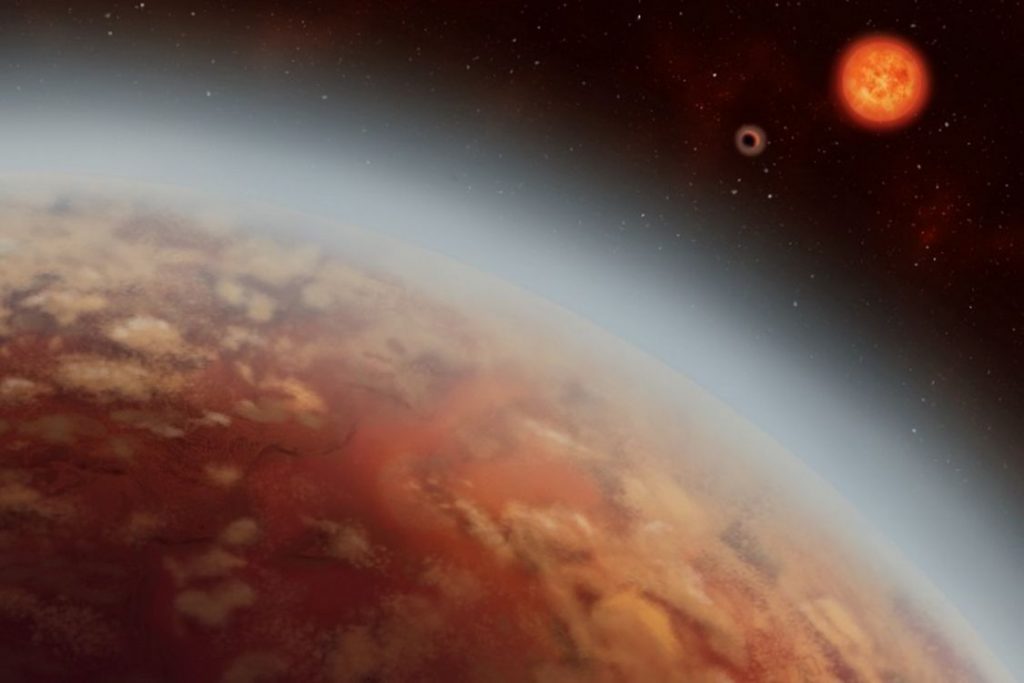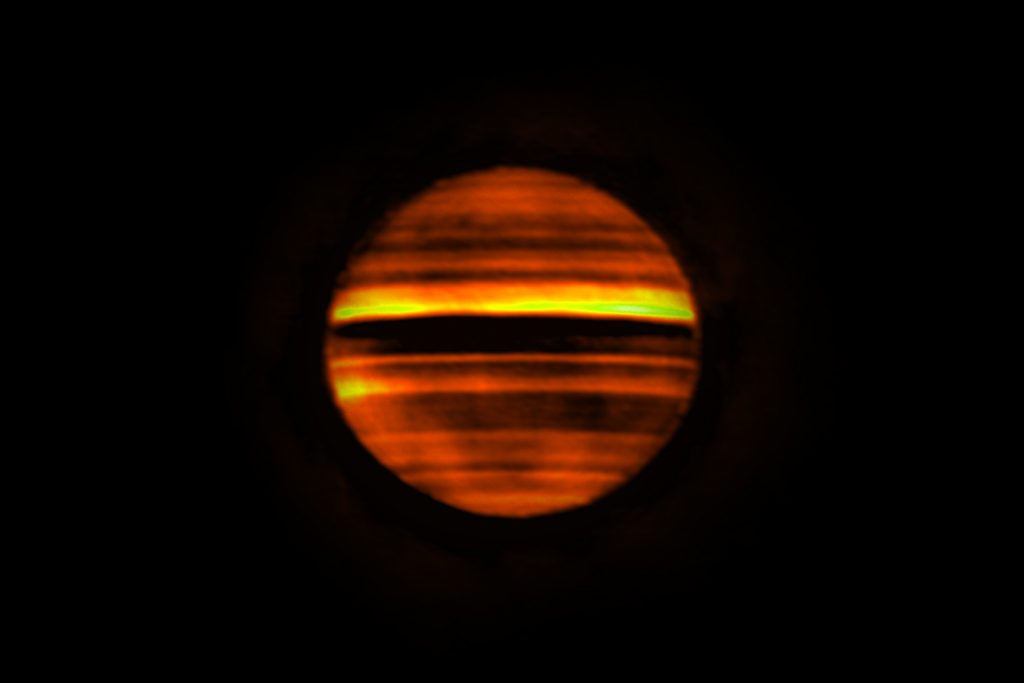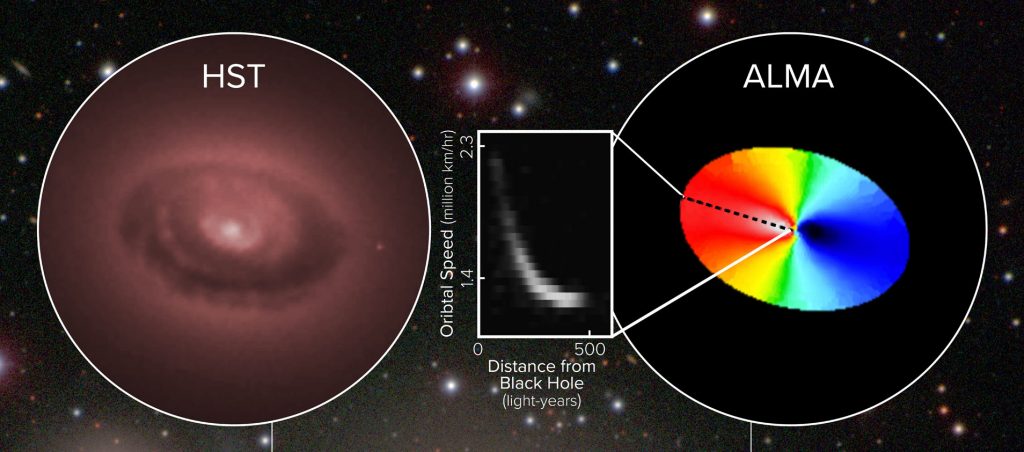Our second interstellar visitor has a name: 2I/Borisov
Were we being too loud, or did they just want to see Earth before it’s too late? Our Solar System is apparently becoming a popular destination point with extrasolar tourists. All jokes aside: After ‚Oumuamua at the end of 2017, astronomers have apparently just photographed our second interstellar object, which is currently moving toward the Sun. The object was first discovered on August 30th. That night, amateur astronomer, Gennadi Borisov, found a comet-like object (initially called C/2019 Q4) in the skies over Crimea using his self-built 0.65-m telescope. At that time, it featured a coma and has since also developed…







